If you’re ready to get a head start on next year’s garden, take time to plant seeds in the fall.
 Many different plants can be started this time of year. Planting in the fall helps seeds to become established before the cold winter weather hits. Depending on your climate, the seeds you plant will either grow slowly all winter or remain dormant until spring. Either way, you will benefit from an early crop next year, because they will take less time to sprout and produce.
Many different plants can be started this time of year. Planting in the fall helps seeds to become established before the cold winter weather hits. Depending on your climate, the seeds you plant will either grow slowly all winter or remain dormant until spring. Either way, you will benefit from an early crop next year, because they will take less time to sprout and produce.
Fall planting also gives you a little extra time to work. The weed seeds are dormant now, so once you clear your soil you have more time to get your seeds planted before weeds take back over. As an added benefit, fewer garden pests are prevalent during the winter, which means your plants have a higher chance of survival.
Here are ten of the best seeds to plant in the fall. These flowers and vegetables are hardy enough to survive the winter and will be a welcomed sight in your garden next spring.
5 Flower Seeds to Plant in the Fall
In addition to the traditional fall flower bulbs like tulips and daffodils, you can sow several flower seeds in the fall. These flowers will add color and beauty to your spring garden.
Echinacea
Echinacea are sturdy perennials that are easy to grow. They bloom from early summer through late fall and are beautiful as a cut flower. Several different varieties of these coneflowers exist, so sow the ones you enjoy the most.
As an added benefit, echinacea has many different health benefits. You can use the root in tea to help you get through cold and flu season. The flowers, leaves, and stems are also known to have medicinal properties.
Poppies
Poppies help attract pollinators to your garden. These vibrant plants typically grow over a foot tall and come in many lovely colors. The cold weather from planting in the fall helps poppies germinate.
The seeds are tiny, and easy to sow. Simply sprinkle them along the surface where you want them to grow. They will need a bit of thinning in the spring to reduce competition among your plants.
Black Eyed Susan
This common wildflower has found homes in many flower gardens over the years. It’s easy to grow and needs very little attention. The daisy-like flower produces blooms in many colors.
To plant in the fall, simply sow into loosened soil that’s been prepared with a bit of compost. You want to cover the seeds with a thin layer of soil.
Hollyhocks
A tall plant that can be used to add a bit of privacy to an area, most hollyhocks are biennial flowers. You want to plant these in a sunny area that is out of the wind, so you won’t have to stake them as they grow taller next year.
Planting hollyhocks about a month before the first frost allows them to get established before winter sets in. Lightly broadcast the seeds onto the ground where you want them to grow and cover them with a thin layer of soil.
Once the first frost hits, take time to cover your hollyhocks with a layer of mulch. Keep them covered all winter. Once your risk of frost has passed in the spring, remove the mulch and watch your plants grow.
Gaillardia
A hardy, sun-loving flower, gaillardia is often referred to as the “blanket flower.” It makes a lovely addition to any flower bed. As a bonus, it’s drought-resistant, and easy to grow.
You want to sow gaillardia seeds on the surface of your soil. These seeds need exposure to light to germinate, so don’t bury them underneath a ton of top soil.
5 Vegetable Seeds to Plant in Fall
Flowers aren’t the only type of plant you can start in the fall. Here are five vegetables you can plant now for a head start on your spring harvest.
Garlic
Traditionally, garlic is best planted after the first day of autumn, so now is the perfect time to start your crop. Garlic needs to be planted deeply into well-prepared soil. A mixture of compost and manure will help provide the nutrients the plant needs to thrive.
Once planted, cover the area with mulch to help keep the heat in and the spring weeds out. When your crop is established, you will have garlic scapes and bulbs to use for culinary or medicinal purposes.
Beets
Beets allowed to grow over the winter have a much sweeter taste than those planted in the spring. Baby beet varieties are the most common to plant in the fall. To enjoy the taste, sow your beet seeds about a month before the first frost.
They do best in deep, well-drained soil that isn’t too heavy. After planting, your beets will grow slowly over the winter and will be ready for harvesting in the spring.
Pumpkins
Pumpkins, and other winter squash, have incredibly hardy seeds. That’s why you’ll often see the plants growing out of a compost bin in the spring. Most people recommend waiting until spring to plant, but many gardeners have had success with a fall sown crop.
If you’re carving a jack o’lantern for Halloween or making pumpkin pie from a fresh pumpkin this fall, consider sowing some of the seeds. You want to plant them about two inches deep in an area that gets plenty of sunlight. Pumpkin seeds won’t need your attention after planting, and they are considered one of the easiest plants to grow.
Fava Beans
A cover crop that provides food for both you and your soil, fava beans are a good plant to sow in the fall. The plants will add nitrogen to your garden as they slowly germinate and grow over the winter. After your spring harvest, you can work the plants’ biomass into the soil.
Plant the seeds about an inch deep, and six or eight inches apart. Once planted, cover them with a thick layer of mulch.
Cabbage
Cabbage prefers cool weather and makes a great addition to your fall sown seeds. You want to prepare the soil with plenty of compost before planting, since cabbage plants are heavy feeders.
Look for an area with enough sunlight and space for your cabbage to grow. Then sow your seeds. You will be rewarded with spring cabbage to harvest.
3 General Tips for Planting Seeds in Fall
Whether you are planting flowers or vegetables, here are some general tips for fall planting.
Know Your Zone
Not every plant is suited to grow everywhere. Take time to learn about your area, and what plants do best there. If you typically experience extreme winters, your fall sowed seeds may need additional protection from a row cover.
Prepare Your Soil
Good quality soil helps produce a quality harvest. Add compost, work your soil, and rotate crops over time to ensure your soil is ready for growing.
Plant at the Right Time
Just because the calendar says it’s fall, your seeds may not agree. Typically, you want to wait until temperatures drop to the forties or fifties to plant. This may be as early as late September in some places, and as late as mid-November in others.
Take time to read the seed packets that your seeds arrive in. This information is valuable in helping you maximize your harvest.
What Do You Plant in the Fall? Do you sow any of these flowers or vegetables in the fall? What other ones do you enjoy?
Please share your wisdom and experience for fall planting in the comments.


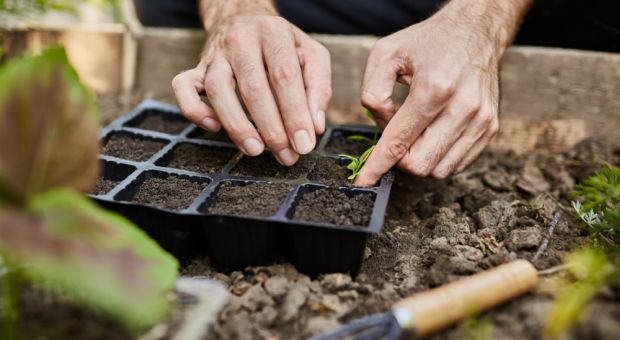
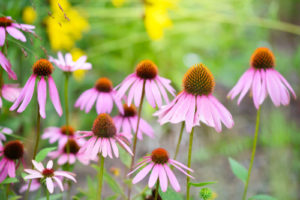
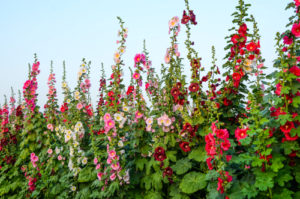

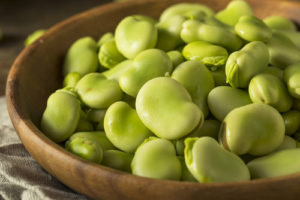

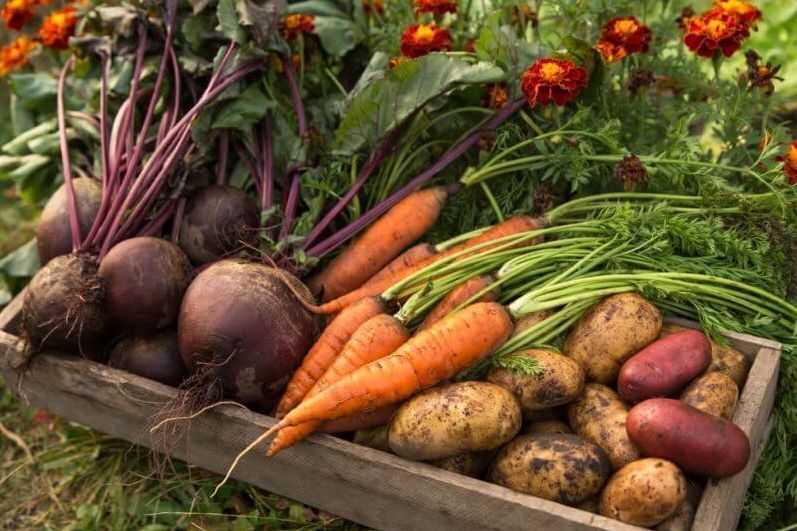
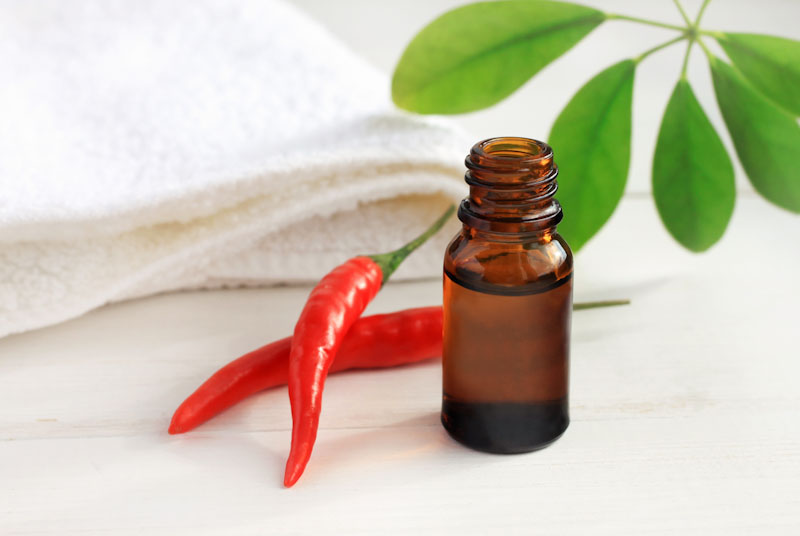
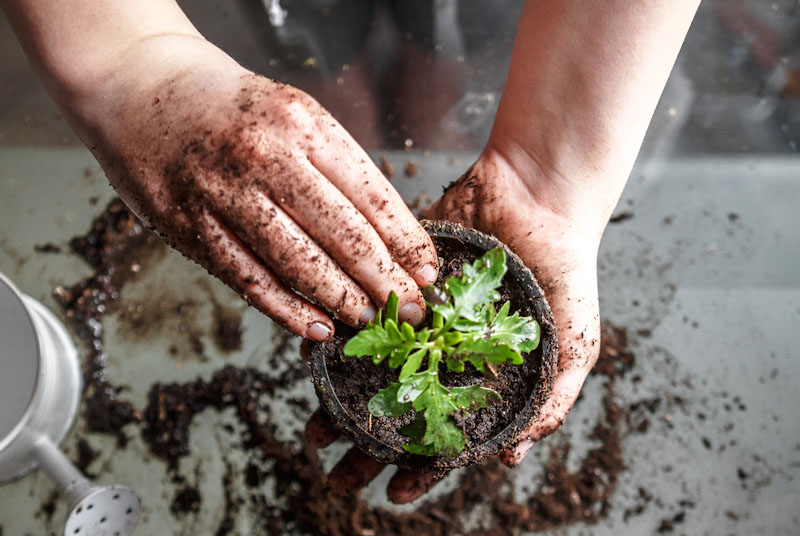
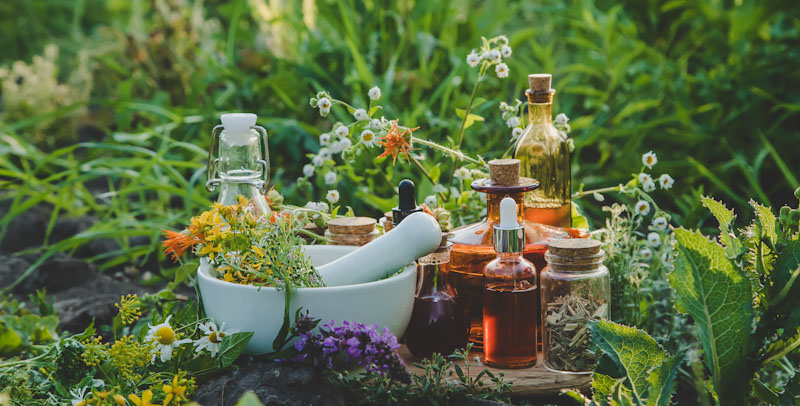

Bill in Idaho | October 18, 2018
|
A Very Good Article, Lisa. Important Info.,Well Presented. Thank You.
Debra B Rushing | October 18, 2018
|
Wow…have to agree with Bill…excellent article. Will have to plant a few more seeds tomorrow…no wonder my hollyhock has never done well…who knew : )
SkiptheBS | October 20, 2018
|
Spinach and mustard greens are great for fall planting, as are collards and kale. Both collards and kale lose their bitterness after a frost. Mustard greens are great on a hamburger, and I prefer strong, savory mustard green kimchi to the more usual Napa cabbage variety.
Dee L. | January 24, 2019
|
Mustard greens raw are great! The usual southern way to eat them is to cook them down with some fatty meat, hot pepper and a dash of vinegar to finish off the cooked greens. Heat eliminates the spicy hot flavor. Local southerners will think it highly unusal to eat Fresh Raw Mustard greens. I like the bright green frilly ones, they look wonderful on a burger or in a spicy salad.
In the mid-atlantic area, some of these plants can be started indoors, slowly acclimated to the cold and transplanted out in early March. Cabbage, Broc, Kales, Swiss chard can tolerate below 32 degrees. Take a chance. Use some cheap seeds and experiment.
SkiptheBS | June 18, 2019
|
Don’t forget onions and turnips, especially Japanese salad turnips. Use the onion blades for seasoning. The salad turnips will hold through winter but will get pithy after a few freezes, so harvest them, wrap them in newspaper, and store them in a root cellar or fridge crisper.